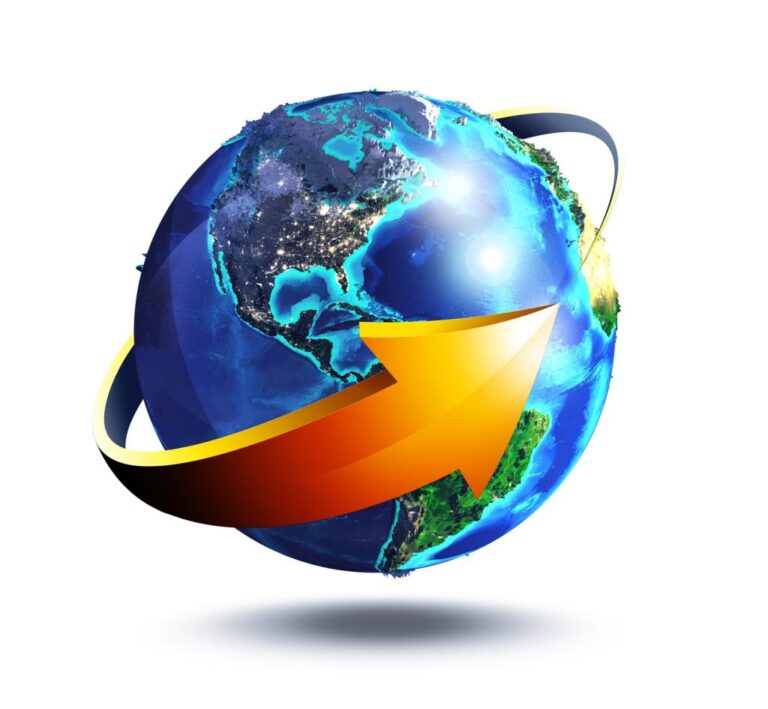
Responsible textile production.
The sustainable textile production and its final result, a transparent product from origin that is environmentally friendly, are becoming a key value for corporate strategies of textile companies.
The new generations of conscious consumers demand products that are sustainably manufactured, and the textile sector is acting on that in a well-founded and transparent manner. The current growth and future relevance of a fashion label depend –increasingly—on the company’s ability to respond to these new demands of the current purchasing trends.
This situation and the challenges it presents leave no room for this trend to be only a marketing stunt. Sustainability is a guiding principle that requires concrete actions and processes through which a company will make strategic decisions to address the situation and create a responsible, sustainable product. The company bases part of its future success on it.
Transparency of sourcing in origin.
In order to build the consumer’s trust, the product must be conferred with transparency regarding its origin and manufacturing processes. To achieve this goal, the staff responsible for sourcing must create a supply chain with total traceability.
By walking side by side with the new generations of conscious consumers, with the help of technology and the analysis of data it generates, the fashion industry is getting closer to its goal of maximum visibility in its supply chain.
Sustainability, the main and shared objective of the business model.
One of the greatest challenges that all textile companies face when trying to modify its operational structure, is that new goals are not always shared by all areas of the organization. Currently, many fashion labels have one team working on traceability and sustainability of their supply chain that is separated from the rest of the organization. The key goal is to make the manufacturing of the final, responsible and sustainable product a corporate strategy.
This implies that the textile company has begun to focus specifically on reducing its environmental impact, working with a core group through the different parts of its structure, with the goal of reaching each and every one of its associates and areas. Slowly but steadily, more and more associates will join the discussion and will be integrated into the corporate project.
Sustainable processes, organic fibers and recycled materials.
One of the current additions to fashion label’s productive matrix are conscious and sustainable collections. They present the use of recycled materials and fabrics, new fibers of sustainable origin, and the expanding addition of organic fibers in fabrics, such as certified organic cotton. The items in these collections are manufactured through more environmentally-friendly processes. For instance, they involve the use of less water in their production.
A commitment with the client and with the place of origin of productions.
With the current versatile and globalized textile supply, especially from emerging markets, it is a must for companies to be willing and committed to being a disruptively positive force in local communities where their garments, footwear and accessories are manufactured. These large organizations make a difference and use their influence to reduce the environmental impact of manufacturing processes, to promote better working conditions and to respect rights throughout its supply chain.
In order to establish and guarantee good practices within a responsible corporate policy, brands have started to publish their lists of suppliers. In this regard, and to increase transparency even further, they have included materials, accessories and other raw materials factories.
Bottom line.
What the “new generation of conscious consumers” feels when they enter a store and head to the shelves where garments are displayed is something more than clothes. Each item is a guarantee and proof of what the company and its label have done to become a force of positive change for the local communities that contribute to their success, and what they have done to preserve the planet we inhabit.
Access to this information, created through the exponential growth of technology, is unprecedented and as a result, every person is increasingly conscious of the impact of our action on the environment, whether they are positive or negative. Our planet’s resources are finite, and global recycling, for instance, is no longer a matter of prestige, but a necessity.
Acceptance of diversity and the importance of inclusion have become the mainstays of corporate strategy and the way textile companies relate in the world by promoting an environment of safe practices and social awareness.
A responsible, sustainable supply chain lead textile labels to their own success and that of the planet we inhabit.
It is our responsibility to create that value from sourcing!
Article also published in the Blog of Gabriel Farias in Modaes.es















































[…] November 3, 2016 […]